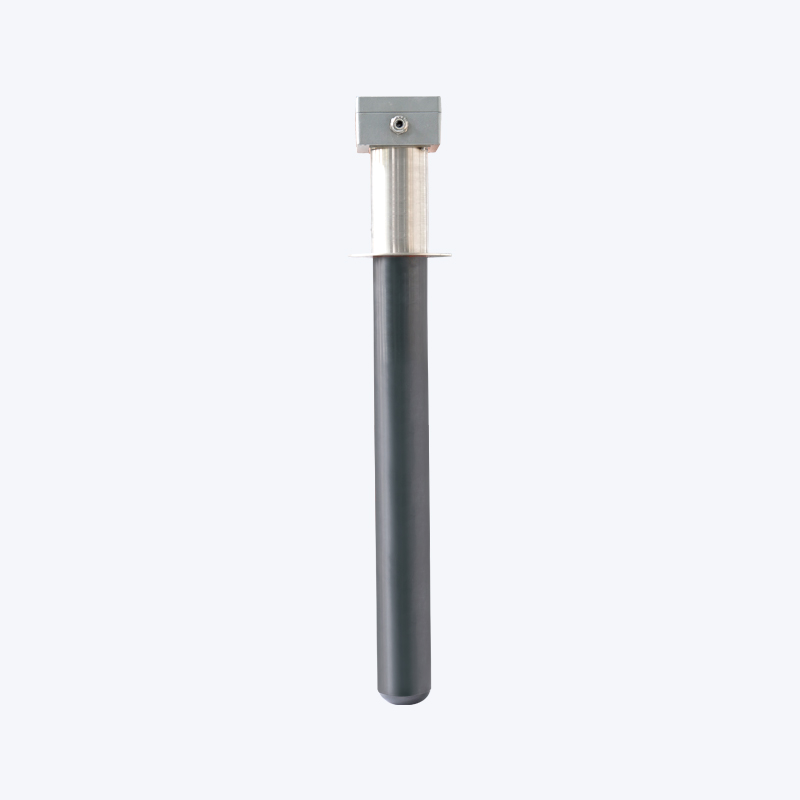Choosing the Right Immersion Heater for Your Needs
1. Consider the Type of Fluid
The type of fluid being heated plays a significant role in selecting an appropriate immersion heater. Some fluids, such as water, are relatively simple to heat, while others, like oils or chemicals, may require special materials and designs. Here are a few considerations:
Water: If you are heating water, a standard immersion heater made of materials like copper or stainless steel will usually suffice. Stainless steel heaters are often preferred for their durability and resistance to corrosion.
Oils: Immersion heaters for oils require a design that accounts for the higher viscosity and different thermal properties of oils compared to water. Materials like titanium or special alloys are often used to prevent corrosion and ensure long-lasting performance.
Chemicals and Other Liquids: For aggressive chemicals, acid-resistant heaters made from titanium, nickel, or other high-performance alloys may be necessary. Ensuring that the heater is compatible with the specific chemical properties of the fluid being heated is critical to avoid damage or corrosion.
2. Power Requirements
The power rating of an immersion heater is an essential factor in determining how quickly it will heat the fluid and how much energy it will consume. Power is typically measured in watts (W), and the higher the wattage, the faster the heating process.
Domestic Use: For residential applications like water heaters, immersion heaters typically range from 1,000 to 3,000 watts. Choosing the right power depends on the volume of water being heated and how quickly you need the water to reach the desired temperature.
Industrial Applications: In industrial settings, immersion heaters can have power ratings as high as 50 kW or more, depending on the size of the tank or container and the nature of the liquid. Larger systems may require multiple immersion heaters working in tandem to ensure efficient heating across large volumes of fluid.

3. Safety Features
When selecting an immersion heater, especially for industrial applications, safety is paramount. Some immersion heaters come with built-in safety features that help prevent overheating, electrical faults, or accidents. These features might include:
Thermostatic Controls: Adjustable thermostats allow you to set the desired temperature and maintain it automatically. This helps prevent overheating and ensures that the heater operates efficiently.
Overheat Protection: Some immersion heaters have built-in thermal cutoffs or fuses that disconnect the heater from the power supply if it gets too hot, protecting the equipment and the surroundings.
Waterproofing: For applications involving liquids or environments where the heater may be submerged, ensure that the heater is waterproof and can handle continuous exposure to moisture or fluid without risking electrical hazards.
4. Material and Durability
The durability of an immersion heater is significantly influenced by the material used to manufacture the heating element. Stainless steel is a common choice because it is resistant to rust and corrosion, making it ideal for water and other non-aggressive liquids. However, more aggressive chemicals or high-temperature environments may require specialized materials like titanium, ceramic, or nickel alloys for added durability and resistance to corrosion.
5. Installation and Size
The size and installation method of the immersion heater should also be considered. Immersion heaters come in various designs, including screw-in, flange-mounted, and flexible designs, each suited to different installation needs. For instance, screw-in heaters are commonly used in smaller tanks or boilers, while flange-mounted heaters are often found in larger industrial tanks where the heater needs to be securely installed and possibly replaced.
Contact Us for Quotes and Prices!
Just let us know what you want, and we will get in touch with you as soon as possible!

 English
English 简体中文
简体中文












